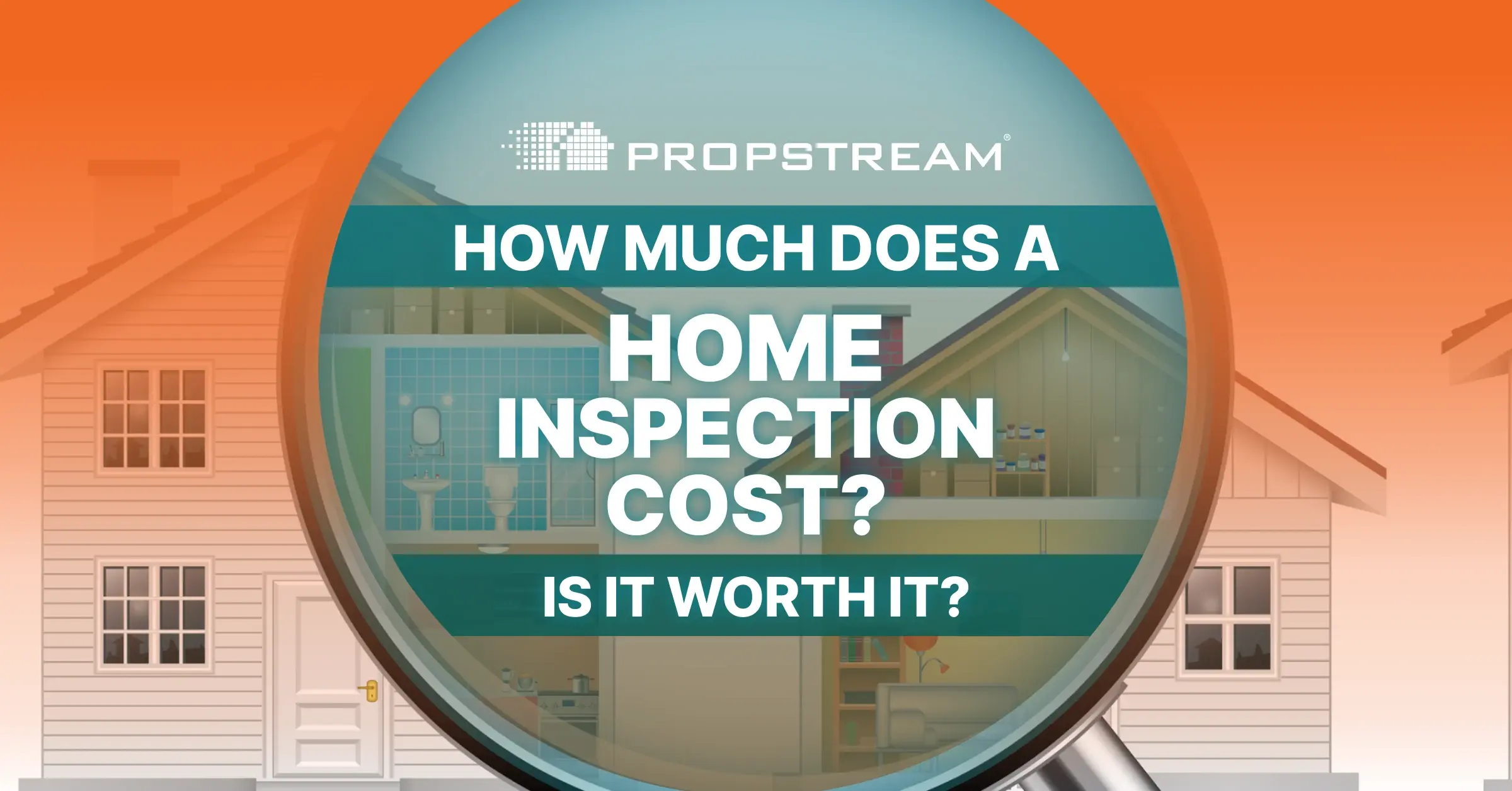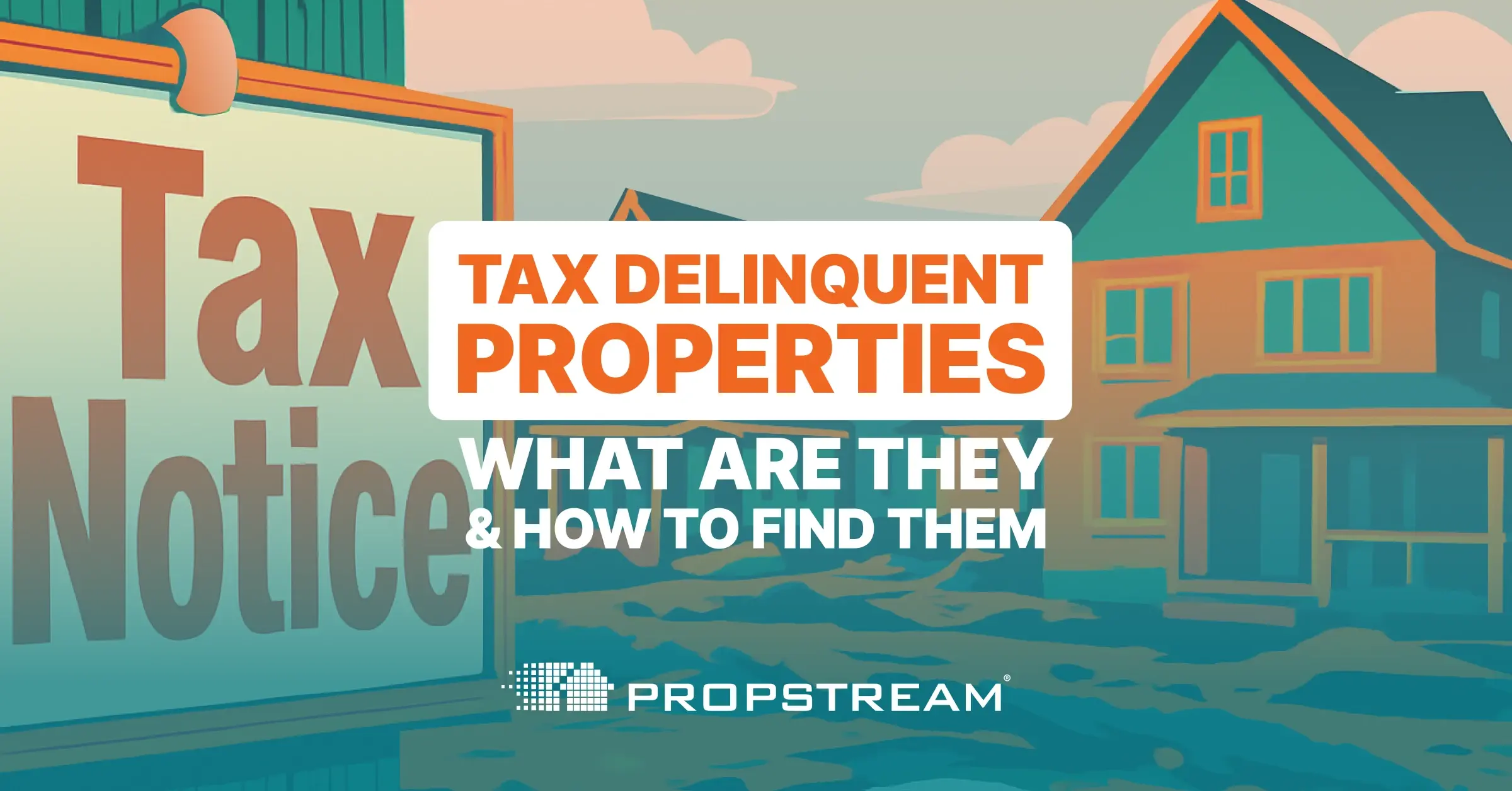Accessory dwelling units (ADUs) are rising—especially on the West Coast. In California, ADU permits increased from 8,905 in 2018 to 23,663 in 2021 (165%). In Seattle, ADU permits went up from 280 in 2019 to 988 in 2022 (253%), of which 650 were built, outpacing the construction of single houses for the first time.
In this article, we’ll define what ADUs are, explore their pros and cons, and provide a step-by-step guide on how to get started with ADU investing.
What is an ADU?
An accessory dwelling unit (ADU) is a smaller, secondary living structure built on the same lot as a larger primary residence. You may have heard them called in-law suites, granny flats, basement apartments, tiny houses, or other names.
To be classified as an ADU, a structure must be of less value than the primary residence, have its entrance, and include basic living amenities: kitchen, bathroom, water, electricity, and so on.
There are two types of ADUs: attached ADUs that share a wall with (or exist entirely within) a primary residence and detached ADUs that stand separate from the primary residence (but still on the same lot). Both can be great investments, but before you build one, it’s essential to get familiar with the pros and cons:
Pros of Investing in ADUs

Let’s start with the benefits of ADU investing:
Help relieve the housing shortage: It’s no secret that the U.S. is in the middle of one of the most significant housing shortages in its history. Unfortunately for many, this has kept home prices high and made housing increasingly unaffordable. You can contribute to the nation’s affordable housing stock by building an ADU. ADUs can serve low-income renters and homeowners who want to offset the cost of their mortgage (with the extra rental income). Both lead to more affordable housing options.
Generate rental income: ADUs can be turned into long-term or short-term rentals (STRs). For homeowners who don’t want permanent neighbors in their backyard, listing the ADU on an STR platform like Airbnb or VRBO may be the way to go. For others, the steady income a long-term tenant generates may be more attractive. Either way, an ADU can help you tap into the total value of a primary property.
Low barrier to entry: For those who own their primary residence, ADUs can be a great way to get started in real estate investing. In some cases, all it takes is converting an existing space. You don’t have to worry about buying land or managing more than one rental unit.
Versatile configurations and uses: One of the beauties of ADUs is that there are many ways to build and use them. For example, you can convert a basement, attic, or garage into an ADU or build one from scratch (e.g., a tiny house or cabin). Homeowners can then use the ADU as a gym, a guest suite, a place to house aging parents or adult children, or an office (the demand for which has been increasing, given the number of remote workers between 2019 and 2021 has tripled). The possibilities are endless.
Increase the main property’s value: ADUs don’t just create rental income potential. They can also increase the value of the primary property by up to 35%, which means you can turn a profit when you eventually go to sell. To better understand how much value an ADU will add to a particular property, consult a local real estate agent, appraiser, or financial professional.
Cons of Investing in ADUs

Now that you know the benefits of ADU investing, let’s go over some of the drawbacks:
Upfront construction costs: Though ADU construction costs vary widely, they can get expensive depending on the ADU’s type, size, and location. According to one study, the price of a new detached ADU, for example, is $181,000. That’s an average of $305 per square foot. One reason for the high cost is that you have to hire the same contractors you would need for a regular house (designers, builders, electricians, etc.), but the work is spread over fewer square feet. Still, ADU conversions that don’t require much construction can cost as little as $30,000. Home Depot has even increased interest in ADUs offering a pre-constructed steel frame for $40,000.
Regulatory hurdles: ADUs have been on the rise in recent years only because zoning regulations restricted most homeowners from building them. Even today, many states and counties either don’t permit them or have strict requirements regarding size, occupancy limits, required parking space, rental use, and more. For example, New Hampshire allows ADUs but lets local governments put limits on them. In contrast, California has arguably gone the furthest in protecting homeowners’ rights to build ADUs by passing legislation in 2017 that restricts local governments from erecting undue barriers to ADU construction.
Financing challenges: One of the downsides of ADUs being a relatively niche form of housing is that securing financing for them can be challenging. Most lenders don’t offer conventional home loans for ADUs. Instead, the two most common options for buyers are getting a home equity line of credit (HELOC) or a renovation loan, both of which can be expensive and hard to qualify. That said, savvy investors may find other creative financing options.
lliquid asset: You probably know that real estate is an illiquid asset, meaning it can’t easily be bought and sold the way stocks on the stock market can be, for example. Well, ADUs can be even more illiquid. This is because you legally can’t sell them separately from the primary residence (though this could be changing in some states). So if you don’t want to tie up your money with a larger property, an ADU may not be the best investment.
8 Steps to ADU Investing
If, after carefully weighing the pros and cons of ADU investing, you decide to build one, here are eight steps you should follow:
1. Research the market: Choose what market to invest in based on demand for ADUs and ADU rentals. Consider rental rates, vacancy rates, and overall market stability.
2. Check local zoning and building codes: Double-check with the local zoning and planning office whether ADUs are permitted, and learn what ADU restrictions exist. Stay away from areas zoned for multi-family housing since these tend to have higher building standards. Aim for single-family zoning instead.
3. Set a budget: Determine how much you’re willing to invest. Consider all the costs of an ADU: construction, permits, tax liability, homeowner’s insurance, furnishing, utilities, upkeep, and cleaning (especially for STRs). Setting a budget helps narrow your options.
4. Choose an ADU type: Decide whether you want to build an attached or detached ADU, considering an attached ADU conversion generally costs less. Then have an architect design a legally compliant ADU plan.
5. Compare builders and lenders: Get quotes from different builders for your ADU project. Do the same with potential lenders. But remember that you have options beyond a conventional home loan, such as private loans, 401(k) loans, and more.
6. Get the necessary permits: Before construction, ensure you have all the required permits. You wouldn’t want to start building an ADU that isn’t up to code.
7. Start construction: After hiring a qualified contractor, let construction begin. Monitor the ADU’s progress and quality by scheduling regular inspections.
8. Market the ADU: Once complete, list the ADU for rent (or sale with the main property). Compare bids from buyers or renters and choose the best deal.
Need help finding the optimal property for your ADU? Try PropStream. It has over 155 million property records that you can filter by properties with garages, lots of acreage, and other factors amenable to an ADU addition. Sign up for your free 7-day trial today!



